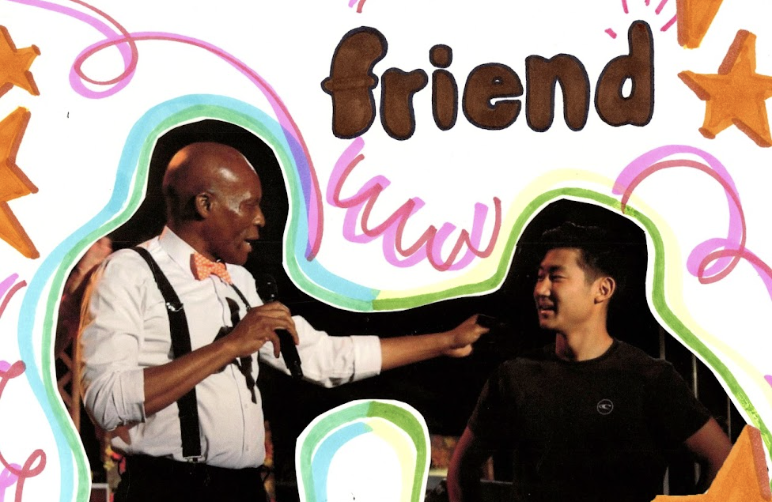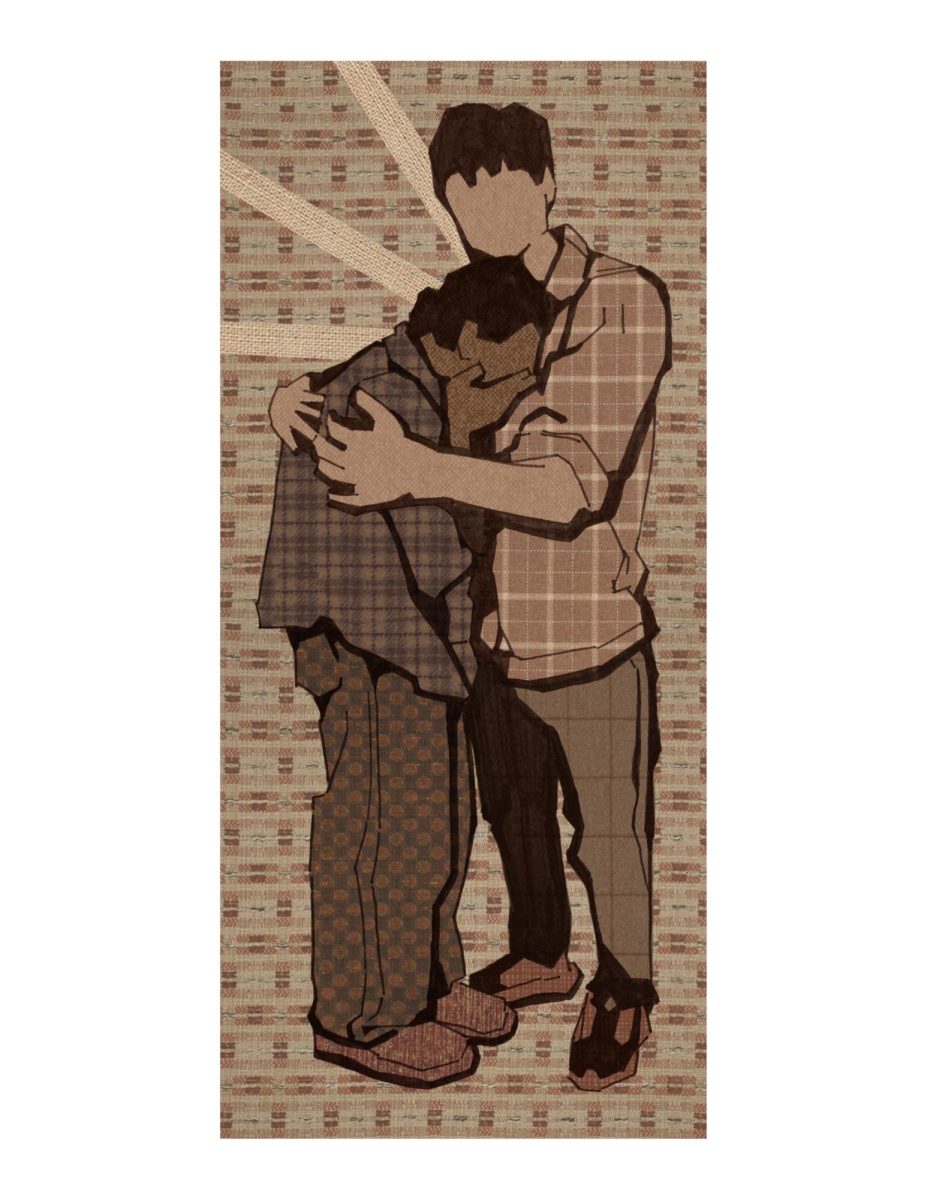“Why can’t we all get along?” These were the six words of Rodney King 20 years ago after the 1992 Los Angeles riots. Some of you were too young to remember those violent days. I was 30, newly married and living on the other side of the country.
In March of 1991 Rodney King was beaten by four Los Angeles Police Department officers, a moment that was caught on videotape and immortalized by the media. The policemen went on trial with three acquitted and one released by a deadlocked jury.
The announcement of the acquittals resulted in the 1992 LA riots — a sad event being remembered these past few days.
These riots represented more than the beating of an African-American man by white officers. It represented something deeper: the walls between ethnic communities few had been working to tear down.
A lot has happened in these past 20 years to help LA heal from this scar. I was reminded of some of the healing by some Biola stories a few good folks shared over the past few days.
Biola community continues to work toward diversity and reconciliation
Alain Datcher is a 2011 alumnus who was a big help to many of us in this community through work on the Diversity Leadership Committee. Today he’s working in the Los Angeles mayor’s office, where he is continuing to build bridges and is using his many gifts in public service. Datcher sent me an encouraging email last week letting me know of the serious work of the mayor’s office remembering those four fateful days. He also sent — in the spirit of the Year of the Arts — a YouTube link of a poet whose Christian message was powerful for this remembrance.
Doretha O’Quinn, Biola’s vice provost for multi-ethnic programs, led a committee of faculty and staff to discuss plans for the “Rebuilding the American Dream, Together” events hosted by the Korean Churches for Community Development and many sponsors. In addition, O’Quinn was one of the members of Biola’s community responding on video to their own personal experiences of the riots and hope for the future.
Representatives from Biola toured the riot sites by bus and recounted the history of that day. Others participated in prayer meetings with diverse pastors. Dialogue sessions were held in multiple venues among diverse communities and some participated in a commemorative service.
Two highlights over the week stand out.
First, O’Quinn attended a service hosted by an African-American pastor and a Korean pastor. The names of those who lost their lives in the riots were shown on the screen. The most powerful moment was when the African-American choir from Crenshaw High School — a public school — sang two songs in Korean, one of them, “O Lord, How Excellent is Thy Name.” This is what Paul the Apostle meant by Christ, our peace, destroying “the dividing wall of hostility.”
The second was the work of Maggie Hazen, an alumna from the class of 2011, in her Community Memorial art exhibit commissioned for the 20th anniversary of the riots. Her artwork was a map of Los Angeles where the riots occurred, a map made of hundreds of clay pots with seeds inside. Not only was this a poignant reminder of the fragility of the riots and the seeds of hope that are born out of that moment, but Hazen also participated on a panel with a host of professional artists who also used art to tell the story of the LA riots throughout the city. Her commemorative exhibit is on display at the LA Museum of Tolerance through May 13.
With the Year of the Arts drawing to a close and the Year of Proclaiming the Good News ahead, I could not think of a better artistic reflection of these two years than Hazen’s work.
I’m proud of the students and leaders, faculty and staff, of this university who care about the challenges of our day and are doing something to improve communities, and in so doing are reflecting the glory of God and the love of Christ.






